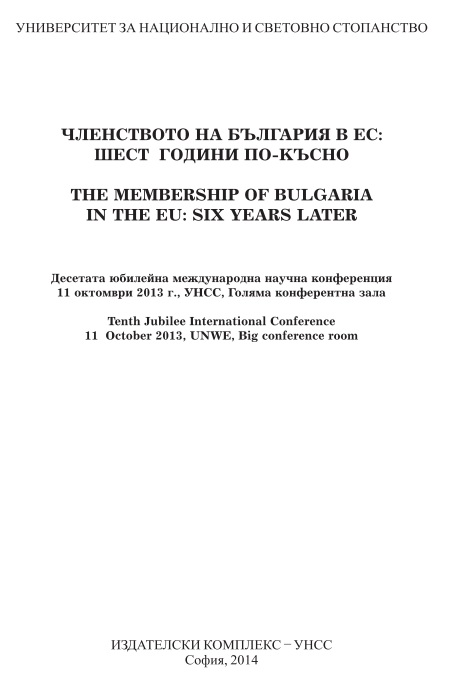Взаимодействие между банков капитал и ликвидност. Регулаторни промени и последици за финансовата система
Interaction Between Bank Capital and Liquidity. Regulatory Changes and Results for the Financial System
Author(s): Maria Chankova
Subject(s): Economy, Supranational / Global Economy, Financial Markets
Published by: Университет за национално и световно стопанство (УНСС)
Keywords: Basel III; Banking Sector; Capital; Liquidity; Banking Regulations
Summary/Abstract: The capital of a bank can be perceived as its own funds, as opposed to borrowed capital, as deposits and checking accounts. The capital can be used to cover losses, which may reduce the credit risk. The more risky assets a bank has, the more capital it would need to avoid (balance sheet) insolvency. At the same time, in unfavorable market conditions, banks may need more cash or assets that could easily be converted into cash to pay off debts to their depositors or creditors on time. This poses a liquidity risk. A stable funding profile, as well as a buffer of highly liquid assets, would help to overcome it. Banks would prefer to work with lower levels of financial resources than the optimal, socially justified, level. Regulatory rules aim to address such problems and ensure that credit and liquidity risk are properly accounted for and that the corresponding costs are borne by institutions and their customers in periods of economic prosperity rather than by public authorities in times of crisis.
Book: Членството на България в Европейския съюз: шест години по-късно
- Page Range: 207-214
- Page Count: 8
- Publication Year: 2014
- Language: English
- Content File-PDF

